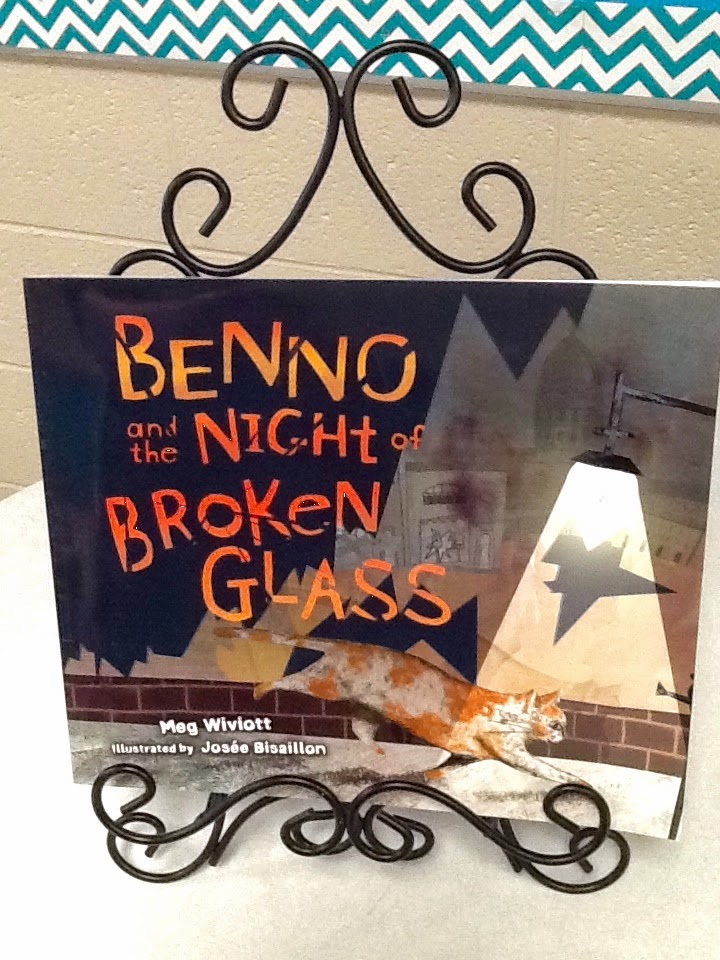Last night I had some friends over for dinner and made a Chili Bar. I put the chili in a slow cooker so it could stay hot and put out bowls of toppings, fritos, french fries, and hot dogs. My guests made their chili the exact way they wanted. It's an easy way to entertain for a casual and fun evening.
Mom's Chili
2 pounds ground beef
2 Tablespoons chili powder
1 Tablespoon garlic powder
1 package chili seasoning mix (I use McCormick's because it is gluten-free)
1 small can tomato paste
2 cans chili beans (with juice)
3 cups water
salt & pepper
Here's how to make it:
Brown ground beef in chili pot on medium heat. After browning, drain excess grease. Add in chili powder and garlic powder. Combine with meat. Add in packet of chili seasoning. Combine with meat. Add salt and pepper to taste.
Add in tomato paste and combine with meat.
Add 3 cups of water. Add 2 cans of chili beans with juice. Let simmer for about 20-30 minutes. Add more water if it gets too thick.
Since I was having a crowd over for dinner, I doubled the recipe. I put it all in my slow cooker to keep hot.
Here's my frito chili pie! I love to top fritos with chili, cheese, and chopped onion. Yum! Yum!
Here's one that is fully loaded with all kinds of toppings! Wait! Where's the chili?? Trust me, it's in there. Oh well, it tasted great!
Items for Chili Bar
- chopped green onions
- chopped white or red onion
- sliced black olives
- chopped tomatoes
- slice jalepenos
- sour cream
- shredded cheese
- hot sauces
- fritos
- french fries
- hot dogs
- mustard and ketchup for hot dogs
The Reality
And, here's the reality photo. My friend smothered her hot dog and french fries in chili. A smothered, delicious mess....
Another friend's chili creation....Keeping it simple!
Anyway you make it, its so good and perfect for a cold night or a get-together with family or friends.
Here's a picture of me and the lady who taught me all about cooking...
Thanks for sharing your recipe mom.
-Karen




















































